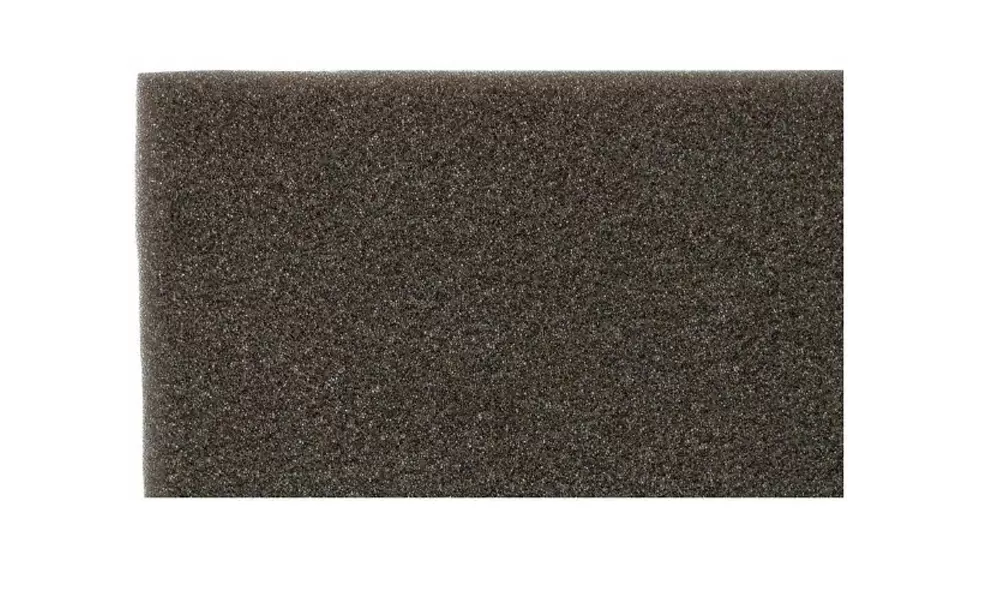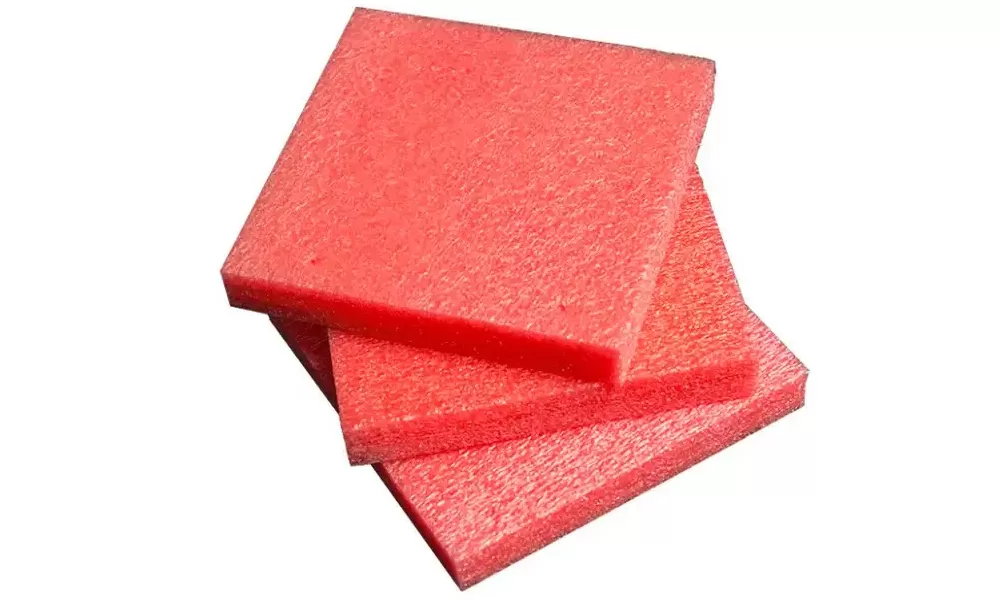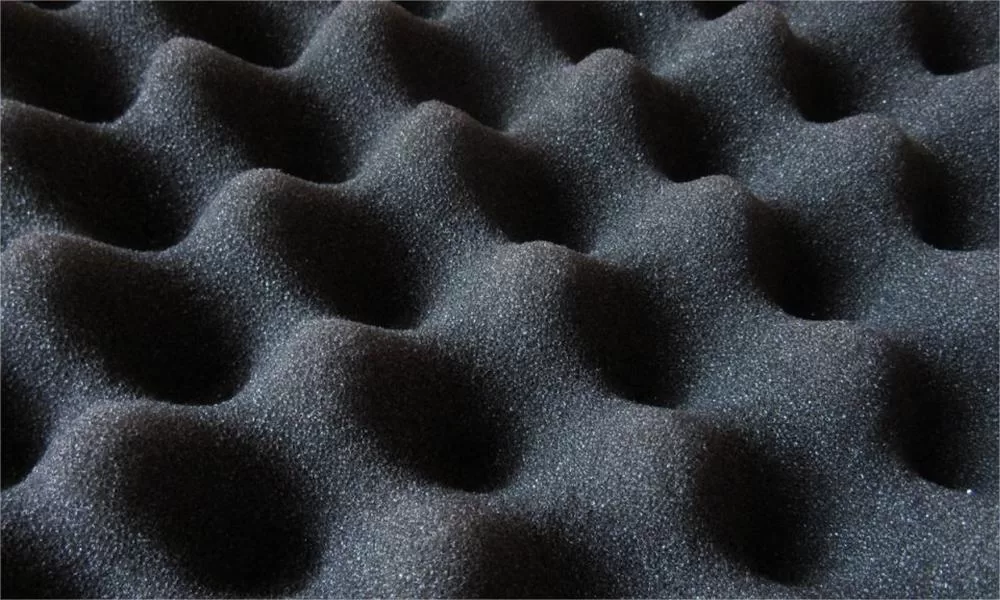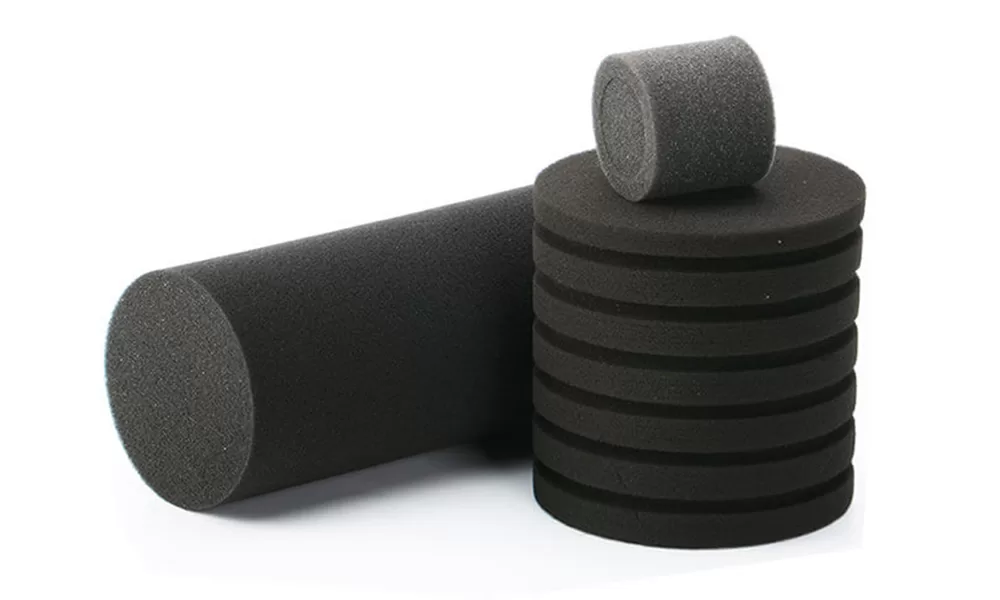광대 한 재료 과학 세계에서는 폴리 우레탄 폼만큼 다양성과 적응성을 보여주는 물질은 거의 없습니다. 다양한 유형 중에서 오픈 셀 폴리 우레탄 폼은 고유 한 특성과 무수한 응용 분야로 두드러집니다. 이 기사는 개방 세포 폴리 우레탄 폼의 세계에 깊이 파고 들어 특성, 이점 및 잠재적 용도에 대한 조명을 흘립니다.

소개
카바 메이트 링크로 연결된 유기 유닛으로 구성된 중합체 인 폴리 우레탄 폼은 수십 년 동안 다양한 산업 분야에서 필수품이었습니다. 특정 요구에 맞게 조정할 수있는 능력으로 인해 제조업체와 소비자 모두가 좋아하는 것이되었습니다. 가장 흥미로운 변형 중 하나는 오픈 셀 폴리 우레탄 폼입니다. 부드러움, 통기성 및 적응성의 조합을 제공합니다.
부드럽고 유연한 특성
오픈 셀 폼의 매력의 핵심은 고유의 부드러움과 유연성입니다.. 같지 않은 폐쇄 셀 폼, 오픈 셀 폼은 단단하고 조밀하며 가단성입니다. 이 부드러움은 거품 내의 깨진 세포벽에 기인하여 쉽게 압축하고 반등 할 수 있습니다. 이 속성은 매트리스, 가구 패딩 및 특정 자동차 부품과 같은 쿠션이 필요한 응용 프로그램에 이상적인 선택입니다.
통기성 : 주요 장점
오픈 셀 폼의 눈에 띄는 기능 중 하나는 통기성입니다. 깨진 세포벽으로 인한 상호 연결된 구멍은 공기와 수분이 자유롭게 흐르도록합니다. 이를 통해 폼이 시원하고 건조하게 유지되며, 수분 위킹 및 온도 조절이 사용자 편의에 필수적인 매트리스와 같은 응용 분야의 중요한 요소입니다.
단열 및 R- 값
오픈 셀 폼은 많은 장점을 자랑하지만, 특히 단열재와 관련하여 한계를 이해하는 것이 필수적입니다. 열 저항의 척도 인 R- 값은 폐쇄 셀 폼보다 낮습니다. 즉, 단열 할 수는 있지만 최대 열 저항이 필요한 애플리케이션에 가장 적합한 선택은 아닙니다.
r- 값 건물 및 건축 산업에서 사용되는 열 저항의 척도입니다. 재료가 열 전달에 대해 얼마나 잘 절연하는지를 나타냅니다. R- 값이 높을수록 재료의 절연 특성이 더 좋아지고 열 흐름에 저항하는 능력.
간단하게, 두 개의 재료가 있고 하나는 다른 재료보다 높은 r- 값을 가지고 있다면, R- 값이 높은 하나는 더 나은 절연체가됩니다. 이것은 여름에 열을 유지하고 겨울에는 열을 유지하는 데 더 효과적이라는 것을 의미합니다.

가벼운 챔피언
체중의 전투에서 오픈 셀 폼은 명확한 승자로 나타납니다. 밀도가 낮 으면 폐쇄 셀 폼보다 훨씬 가볍다는 것을 의미합니다. 이 가벼운 특성은 자동차 또는 항공 우주 구성 요소와 같이 가중치 고려 사항이 가장 중요한 응용 분야에 선호되는 선택입니다.
비용 효율성
예산 고려 사항은 모든 제조 공정에서 중요합니다. 폐쇄 된 세포보다 일반적으로 비싸지 않은 오픈 셀 폼은 품질을 손상시키지 않고 비용 효율적인 솔루션을 제공합니다. 그 경제성은 성능과 결합하여 제조업체들 사이에서 인기있는 선택입니다.
흡수 기능
소음 공해는 오늘날 도시화 된 세계에서 점점 더 많은 관심사입니다. 다공성 특성을 갖는 오픈 셀 폼은 효과적인 흡수 흡수기 역할을합니다. 그것의 구조를 통해 음파를 약화시키고 흡수 할 수 있으므로 스튜디오, 극장 및 주택에서 방음을위한 재료가 될 수 있습니다.
다양한 응용 프로그램
오픈 셀 폴리 우레탄 폼의 다양성은 광범위한 응용 분야에서 분명합니다. 가구 쿠션에서 방음 패널, 자동차 부품에서 특정 절연 응용 프로그램에 이르기까지 그 존재는 어디에나 있습니다. 특정 요구에 맞게 조정할 수있는 능력은 다양한 산업에서 지속적인 관련성을 보장합니다.

결론
고유 한 특성 세트를 갖춘 오픈 셀 폴리 우레탄 폼은 재료 세계에서 그 자체로 틈새 시장을 개척했습니다. 부드러움, 통기성, 흡연 흡수 및 비용 효율성의 조합은 많은 사람들에게 선택의 재료가됩니다. 산업이 발전하고 변화가 필요함에 따라 오픈 셀 폼의 적응성은 앞으로 몇 년 동안 재료 환경에서 중요한 플레이어로 남아있을 것입니다.

